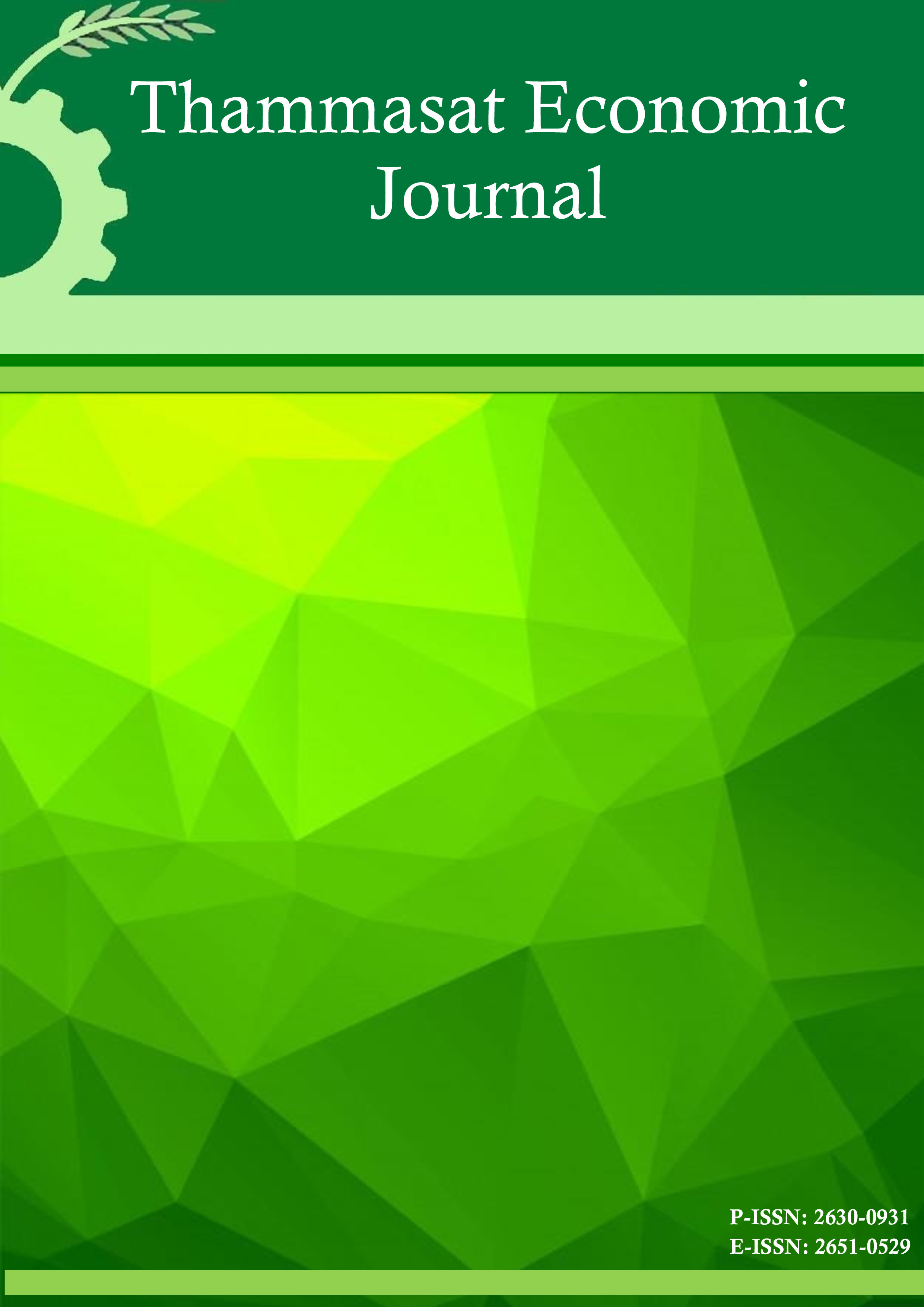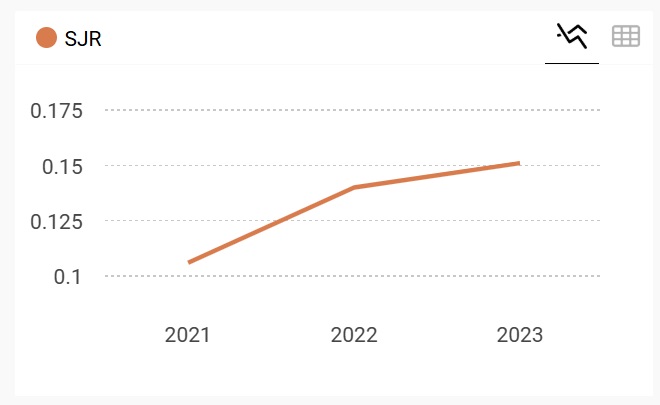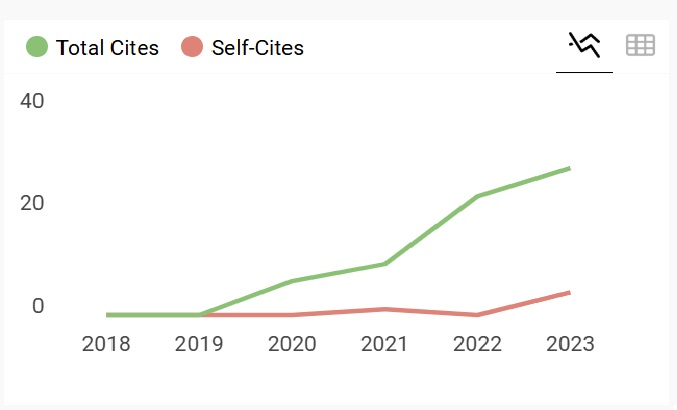The Role of Reward and Punishment in Solving the Problem of Ex-post Corruption
The Conventional Lab Experiment in Economics
Keywords:
Economics of Corruption, Experimental Economics, Behavioral Game Theory, Extensive Game with Perfect InformationAbstract
This article aims to compare two government measures to solve the corruption problem, namely reward and punishment. It includes analysis of the results one would expect from theoretical reasoning in comparison with laboratory experimentation.
The analysis of an Extensive Game with Perfect Information model, with a Sub-game Perfect Nash Equilibrium found that rewards and punishments have hardly any effect in solving the problem of corruption. This is because strategies of paying and taking bribes are the best-response strategies for both players. Rational players are likely to coordinate for mutual gain so that corruption is a form of Cooperative Game. The effect of a measure that allows an offender to accuse an agent of taking a bribe is the same as having a witness. The game’s equilibrium changes from Cooperative to Non-cooperative Game (prisoner’s dilemma), so corruption disappears.
This experiment was conducted with five different rules variants. The first environment was without any measure; the second environment has only a rewards,; the third environment has only punishment; the fourth environment has both rewards and punishments; and the fifth environment has a rule enabling an offender to accuse an agent of taking a bribe.
The experimental results show that the proportion of players paying bribes compared to those paying fines was 87.50%, 81.25%, 87.50% and 87.50% respectively, and the proportion of players rejecting bribes compared with those accepting them was 56.25%, 56.25%, 68.75 % and 62.50% respectively. In case of a rule allowing for accusation, it was found that the proportion of offenders who do not pay bribes to agents and then accuse the agent was 18.75%, while the proportion of rejected bribes was 56.25%. Although the rule regarding accusation cannot prevent payments of bribes, it can increase the probability of a rejected bribe. The key result is that the incidence of successful corruption is only 37.50%.
References
2. Aidt, T. S. (2003). Economic analysis of corruption: a survey*. The Economic Journal, 113(491), F632-F652.
3. Becker, G. S. (1968). Crime and Punishment: An Economic Approach. The Journal of Political Economy, 76(2), 169-217.
4. Becker, G. S., & Stigler, G. J. (1974). Law Enforcement, Malfeasance, and Compensation of Enforcers. The Journal of Legal Studies, 3(1), 1-18.
5. Bowles, R., & Garoupa, N. (1997). Casual police corruption and the economics of crime. International Review of Law and Economics, 17(1), 75-87.
6. Flatters, F., & Macleod, W. B. (1995). Administrative corruption and taxation. International Tax and Public Finance, 2(3), 397-417.
7. Goel, R. K., & Rich, D. P. (1989). On the economic incentives for taking bribes. Public Choice, 61(3), 269-275.
8. Harrison, G. W., & List, J. A. (2004). Field Experiments. Journal of Economic Literature, 42(4), 1009-1055.
9. Mookherjee, D., & Png, I. P. L. (1995). Corruptible Law Enforcers: How Should They Be Compensated? The Economic Journal, 105(428), 145-159.
10. Pashigian, B. P. (1975). On the Control of Crime and Bribery. The Journal of Legal Studies, 4(2), 311-326.
11. Vernon, L. S. (1976). Experimental Economics: Induced Value Theory. The American Economic Review, 66(2), 274-279.
12. สายชล สินสมบูรณ์ทอง. (2552). สถิติที่ไม่ใช้พารามิเตอร์. กรุงเทพฯ: จามจุรีโปรดักท์.
13. สุพจน์ จุนอนันตธรรม และคณะ. (2547). การทุจริตและประพฤติมิชอบในหน่วยราชการไทย:กรณีศึกษาสานักงานตารวจแห่งชาติ (สถานีตารวจนครบาล). กรุงเทพมหานคร: สภาที่ปรึกษาเศรษฐกิจและสังคมแห่งชาติ.
14. สารวม จงเจริญ. (2548). การวิเคราะห์เชิงสถิติแบบไม่ใช้พารามิเตอร์. กรุงเทพฯ: โครงการส่งเสริมเอกสารวิชาการ สถาบันบัณฑิตพัฒนบริหารศาสตร์.
15. Bowles, S. (2004). Microeconomics : behavior, institutions, and evolution. New York: Russell Sage Foundation.
16. Camerer, C. F. (2003). Behavioral Game Theory: Experiment in Strategic Interaction. Princeton, N.J.: Princeton University Press.
17. Kolm, S.-C. (2008). Reciprocity : an economics of social relations. Cambridge, U.K.: Cambridge University Press.
18. Osborne, M. J. (2004). An Introduction to Game Theory. New York: Oxford University Press.
19. Cooter, R., & Garoupa, N. (2000 ). The Virtuous Circle of Distrust: A Mechanism to Deter Bribes and Other Cooperative Crimes. Unpublished Working Paper Series. Berkeley Program in Law & Economics.
20. Khalil, F., Lawarrée, J., & Yun, S. (2007). Bribery vs. Extortion: Allowing the Lesser of two Evils. Unpublished Working Paper No. 1993. CESifo.
21. Slantchev, B. L. (2008). Game Theory: Perfect Equilibria at Extensive Form Games. University of California-San Diego.
22. เดชา ฤทธิ์เนติธรรม. (2538). ปัญหาการให้สินบนนาจับในคดีอาญา. จุฬาลงกรณ์มหาวิทยาลัย, กรุงเทพมหานคร.
23. Motta. (2008). Optimal Machanisms againt Corruption: Incentive, Self-reporting and Delegation Padova.









